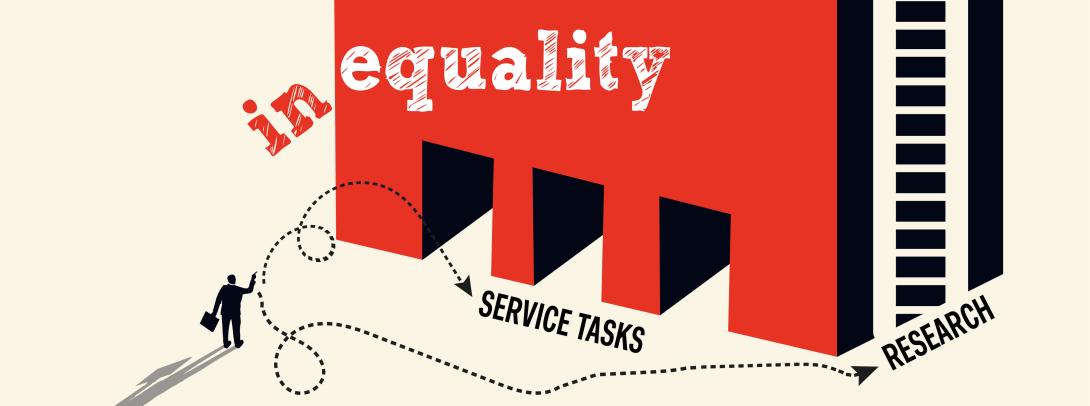Workplace inequality is nothing new. Over the past few decades, organizations have made numerous efforts to address it. The bad news is that despite the efforts, inequality remains stubbornly pervasive and, in some cases, appears to be worsening in unexpected ways. This paradox is the focus of a recent paper by Assistant Professor of Management and Organizations Tanya Yuan Tian, published in Administrative Science Quarterly (ASQ), a prominent journal in the field of management. The paper seeks to understand the reasons behind the persistence of inequality despite organizational initiatives aimed at reducing it.
“I believe that most of us are familiar with the wide range of non-discriminatory measures that employers adopt to ensure a fair hiring process,” Tian said. “For example, interviewers aren’t allowed to ask candidates about their marital status, and there are equal opportunity policies and sometimes favorable terms encouraging minority representation.”
Most research into equal opportunity efforts have traditionally focused on the hiring process. Few have asked “What happens next?” “If organizations want to achieve lasting equality, addressing hiring practices alone isn’t enough; retention should be a crucial consideration as well,” said Tian. “This is exactly what our study aims to bring to light.”
The study zooms in on diversity within the framework of inequality, specifically in the higher education sector. “People in academic institutions are often highly aware of inequality issues and take a proactive approach to implementing solutions,” said Tian. “Yet, the higher education sector also operates within certain constraints, often relying on non-standard positions to increase diversity, for example, faculty who are formally appointed in two academic departments with shared compensation. These positions provide flexibility but come with their own set of challenges.”
The study argues that some organizational efforts in academia increase short-term inclusion of underrepresented groups but inadvertently lead to exclusion over time. For example, faculty holding non-standard positions often face different expectations than those in standard positions, making it more challenging for them to remain in the institution.
The study analyzed comprehensive administrative personnel data from a large American public university, encompassing individual demographics and research performance. The researchers collected annual observations from more than 4,000 faculty in 83 academic departments over a period of several years. At the university, researchers found that Black faculty were significantly overrepresented in non-standard appointments, such as joint positions where financial compensation is shared across multiple departments. These joint appointments expose early-stage faculty to unique risks instantiated by a notable decline in their research productivity and an increased likelihood of both voluntary and involuntary attrition.
That can have a negative impact in a work setting where promotions are often determined by research productivity. “A jointly appointed faculty may have to contribute more in areas that are harder to quantify and that carry less weight in the promotion process,” said Tian. “Yet, when it comes to evaluation and promotion, the same standards are applied to both standard and non-standard positions, placing the latter at a disadvantage as they often spend more time on less measurable tasks.”
The study concludes that, although organizations have made progress in promoting diversity within hiring and evaluative practices, these processes often misalign in ways that challenge the retention of employees from under-represented groups. This reveals a poignant paradox within organizational diversity efforts.
Tian conducted the study in collaboration with the late Professor Edward (Ned) B. Smith of Northwestern University. “The unique circumstance was very challenging,” said Tian. “Fortunately, I received incredible support from the academic community and Ned’s family, transforming this experience into a learning journey that I’ll cherish forever.”
Looking ahead, Tian plans to further explore mechanisms that both reinforce and mitigate inequality and cumulative advantage within academia and market competition.


